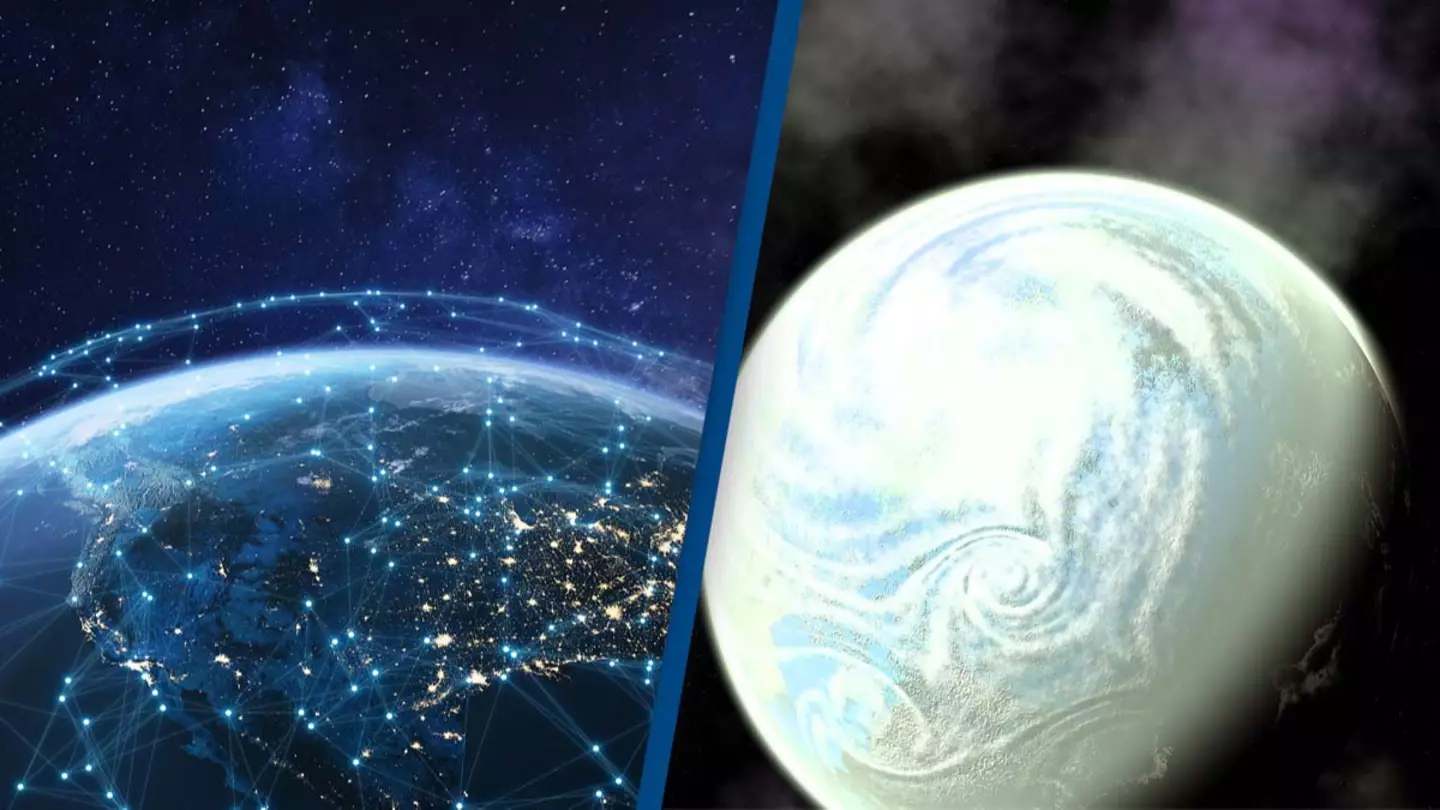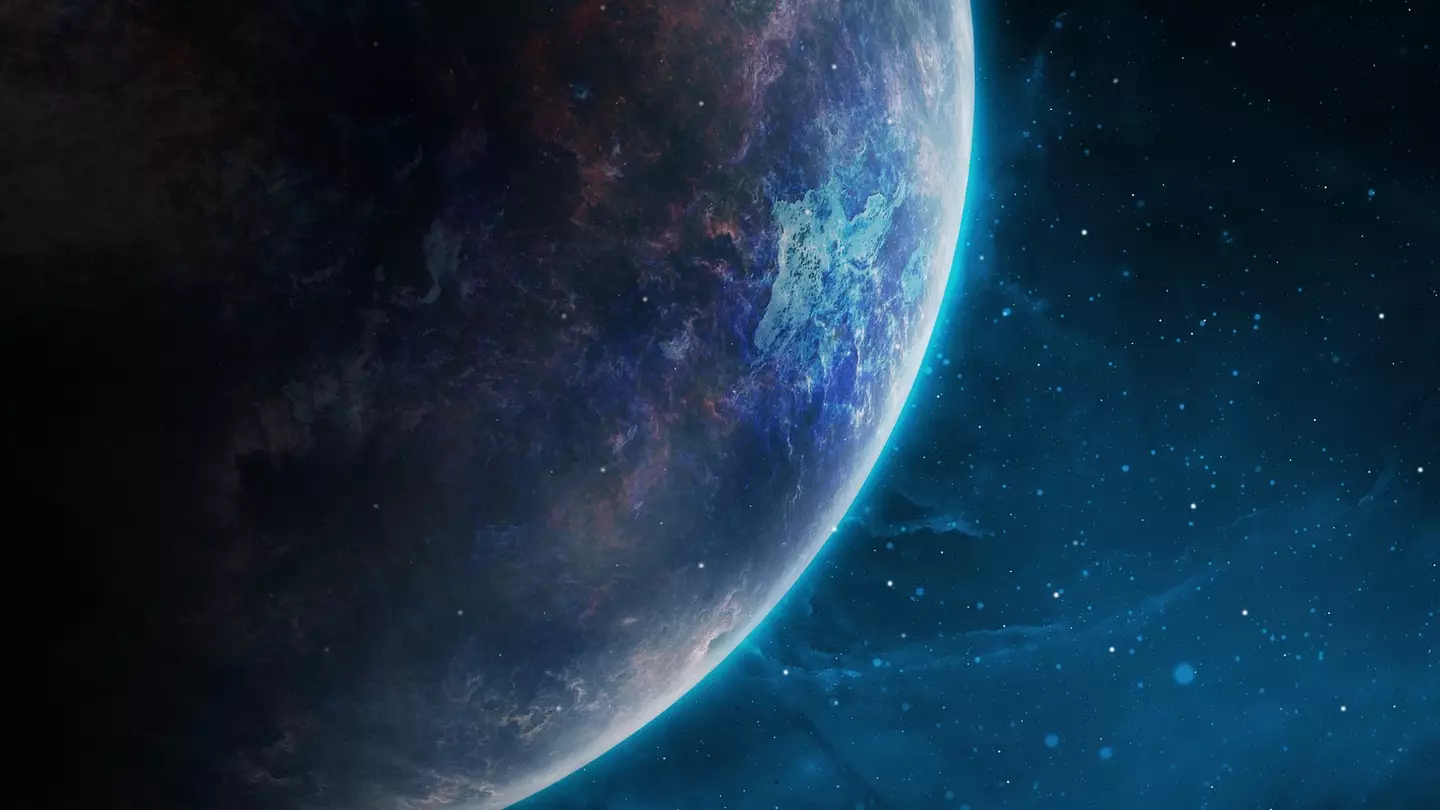
An amateur astronomer believes he may have pinpointed the source of the famous 'Wow!' signal that many think was a broadcast from an alien world.
The 72 second long enigmatic radio burst, which was 20 times stronger that its background emissions was first detected in 1977 and has since been a source of mystery for researchers.
The mysterious transmission that has drawn the attention of researchers over the years became known as the 'Wow!' signal after astronomer Jerry R. Ehman circled the transmission on a printout and wrote down 'Wow!' next to it.
Advert
Since then, it has become a point of interest for those who believe that the signal is a sign of extraterrestrial life.

However, after years of mystery, amateur astronomer Alberto Caballero has singled out one star he believes was the most likely source of the signal.
In his research paper, Caballerro explained how he sampled 66 stars using information from the Gaia Archive, data that was collected by the the European Space Agency.
Advert
The Big Ear telescope which detected the signal had two signal receivers pointing in the direction of the constellation Sagittarius, allowing the researcher to pinpoint where he believes the signal originated.
Caballero believes a sun-like star 1,800 light-years away, which is named 2MASS 19281982-2640123, should be the focus of further research for habitable planets that could have sent the signal.

Caballero wrote in his research paper, which was published in the International Journal of Astrobiology: "Despite this star [being] located too far for sending any reply in the form of a radio or light transmission, it could be a great target to make observations searching for techno-signatures such as artificial light or satellite transits."
Advert
However, an additional 14 states were identified as a potential source for the signal, having a similar temperature to our sun, but a lack of data on their brightness means it cannot be confirmed if they could also be the potential source.

Caballero has noted the difficulty in determining the exact source, stating in his paper that two points studied are an approximation of where the signal came from.
With the two sections containing thousands of stars, it is entirely possible that the source of the signal could have been produced elsewhere.
Advert
Caballero suggested that the entire area is an ideal source for techno-signatures and should be explored in the hope of finding civilisations capable of producing the transmission.
If you have a story you want to tell, send it to UNILAD via [email protected]
Topics: Space
